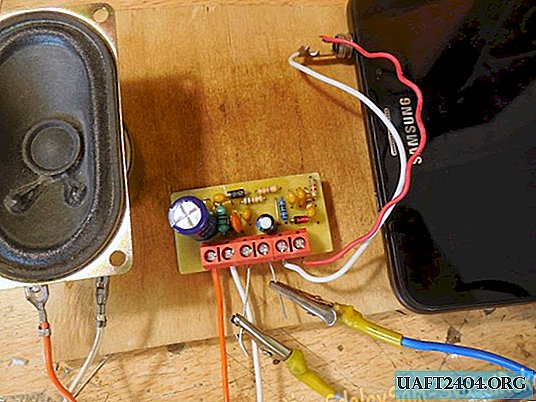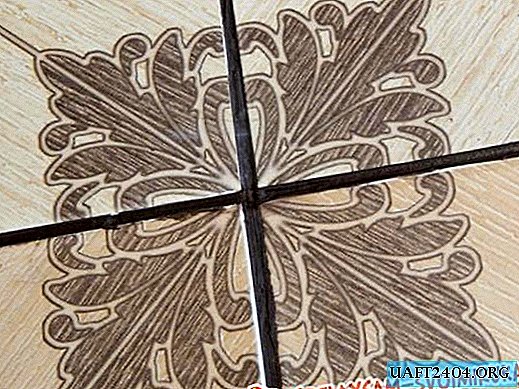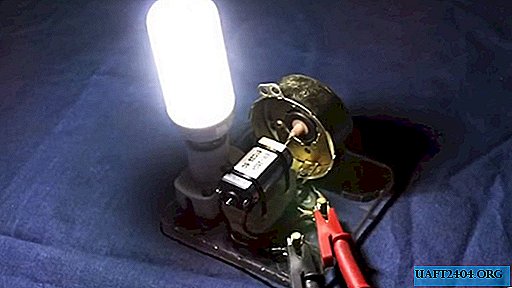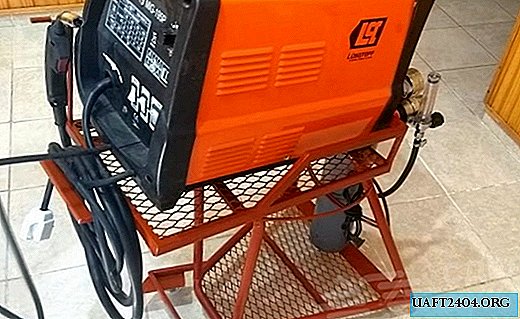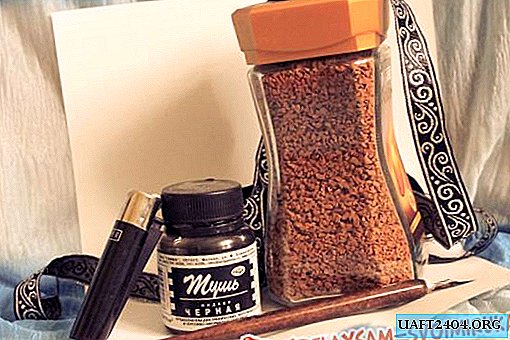Share
Pin
Tweet
Send
Share
Send
In construction stores and on the market such equipment can be found in a wide range. Its cost sometimes makes you think, and sometimes even causes a desire to save. But what if you make it yourself? Today, we reinforce this quite reasonable idea with a master class from one of the tinkering fans.
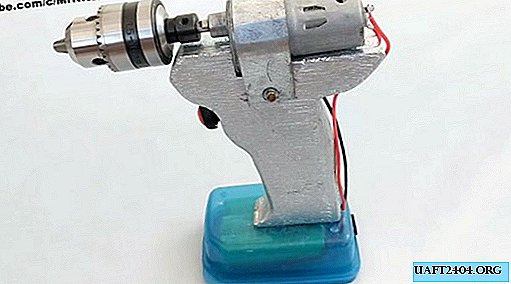
Necessary resources for homemade
Materials:
Instruments:

We collect a screwdriver with our own hands
Stage One - Prepare the handle for the screwdriver
The shape of the handle should be comfortable for the hand, and functional for the filling of a screwdriver. We make it from two pieces of plywood for 10 mm. The template is cut out of a sheet of cardboard.
We transfer the handle contour to the plywood with a marker and cut both parts with a jigsaw.


We connect them to PVA glue. Gluing will be better if you put the workpiece under the press, clamp it in clamps or a vice.
In the middle of the handle, we drill a through hole with a 3 mm drill. It is necessary for the mounting plate of the engine.


We make the next hole for the button from the side rib. First, drill it with a 3 mm drill, and then expand it by 8-10 mm. Depth of expansion - about 15 mm.
We clean the edges of the plywood with sandpaper, and cover the part with paint for moisture protection.




Stage two - install and connect the engine
From the galvanized section we cut a strip with a width of 20-25 mm with scissors for metal. This will be a clamp for the engine.

Mark the holes on both sides and drill with a thin drill. We bend the plate with an arc, and fix the engine to a thin bolt with a lock nut.



We fix the chuck for the drill through the clamping adapter, and fix it with a hexagon bolt.


Push the power button into the hole on the handle, and place the wires on the back of it. Solder the wires to the engine and the charging socket, insulating the connections with heat shrink.



Stage Three - Mount Batteries
In a plastic container, we make four holes with a 3 mm drill, and one at 10 mm for the charging socket.


We fix the connector with the outgoing wiring with a clamping nut on the container body. We fix the container on the end of the handle with a few screws.



We wrap three batteries with tape or cling film. We combine their contacts sequentially.
We combine the supply wires from the batteries with the outputs from the connector, make twisting and wrap them with electrical tape. The connection for reliability can be soldered with a soldering iron.


We pack the resulting power supply in a container, and close the lid.



Stage Four - Making Case Protection
We cut off the neck of an empty deodorant bottle. Cut out a groove under the engine with scissors.


We fix our improvised casing on a strip of double adhesive tape.


The protection is ready, now you can hold the drill in the chuck and check the tool in practice. Undoubtedly, such a homemade product will be a good helper in the workshop or in the household!



Share
Pin
Tweet
Send
Share
Send

